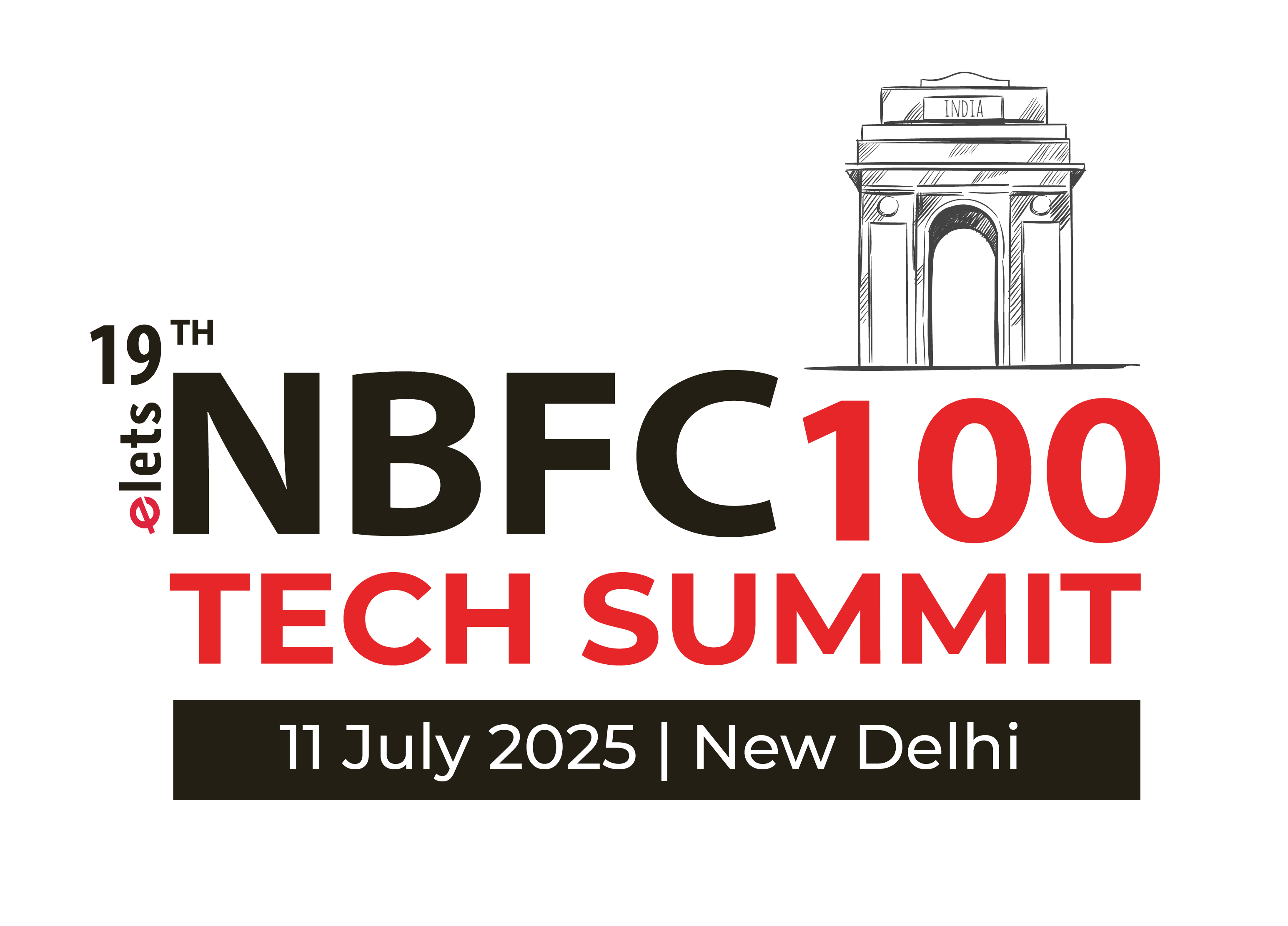The rapidly growing banking sector in India must meet two challenges at different ends of the spectrum: increasing demand for personalised services from urban customers and the need for basic services for the underbanked in rural areas. Only 46% of rural households in India have internet access compared to 79% in urban areas. Financial institutions therefore need to bridge this gap—catering to more financially-literate urban consumers while ensuring financial inclusion for underserved communities.
Phygital banking is one way to meet these two divergent demands by integrating physical branches with digital platforms to enhance accessibility. This hybrid model bridges the digital divide, ensuring banking services reach all customers regardless of location or digital literacy.
The Current Landscape: Balancing Innovation with Human Connection
Phygital banking plays a crucial role in fostering financial inclusion, particularly in rural areas lacking physical banking branches. By combining digital solutions with physical touchpoints, banks can extend essential financial services to more underserved communities, who then visit bank branches only when they really need to.
In urban areas, banking consumers are seeking more value-added banking services in the form of seamless experiences that merge digital efficiency with human interaction. While digital platforms enhance convenience, face-to-face interactions remain essential for more complex financial advisory and decisions. Banks are adopting artificial intelligence (AI)– driven automation and digital payments while ensuring customer-centric service remains intact.
Customers can furthermore use digital kiosks in branches to perform basic banking tasks independently but still have access to on-site staff for more complicated needs. Video banking services further enable remote engagement with bank representatives, eliminating branch visits altogether.
Another key innovation is in card issuance. Banks now offer digital PIN provisioning through their mobile apps, enabling customers to instantly set or reset debit card PINs. Self-service kiosks in branches and key locations allow instant issuance of personalised payment cards, helping customers open accounts and collect their cards within minutes.
Also Read | MSME Financial Inclusion: Can India mainstream alternative last-mile credit solutions for MSMEs?
These solutions enhance convenience while maintaining in-person support. However, to fully integrate digital and physical banking, banks must modernise their infrastructure, replacing outdated systems with agile platforms that support seamless interactions. A customer-centric approach ensures that banking services cater to diverse demographics and needs.
The Future of Individualised Payment and Phygital Banking: Key Trends to Watch
As phygital banking evolves, several trends are shaping the industry’s future in India:
- Hybrid Payment Solutions
In India, the integration of physical and digital payment methods is accelerating. The widespread adoption of contactless cards, QR codes, and NFC-enabled devices has enhanced convenience and security for consumers. The contactless payments market is projected to grow significantly, reflecting this trend.
- Seamless Omni-Channel Experience
Indian consumers increasingly expect a unified banking experience across various channels—online platforms, mobile apps, and physical branches. Banks are investing in technologies that allow customers to transition smoothly between these touchpoints, enhancing satisfaction and operational efficiency.
- AI and Real-Time Data Analytics
AI, Internet of Things (IoT), and real-time data analytics are revolutionising financial services. Banks can anticipate customer needs, offer personalised advice, and resolve issues proactively. AI-powered chatbots, predictive analytics, and automated fraud detection enhance banking interactions, ensuring a smarter and more responsive customer experience.
- Issuance-as-a-Service
A trending development in phygital banking is Issuance-as-a-Service, allowing banks to outsource card issuance for greater efficiency and cost savings. This model streamlines operations, reduces administrative burdens, and enables banks to focus on core services. As agility becomes key to maintaining customer satisfaction, outsourcing card issuance helps financial institutions remain competitive.
Are Banks Ready? A Checklist for Phygital Transformation
As phygital banking becomes the norm, banks must be equipped for this transition. A robust technology infrastructure is essential to integrate physical and digital services seamlessly.
Branch networks must support a hybrid model, allowing customers to transition betwee self-service digital options and in-branch assistance. Delivering a consistent, high-quality customer experience requires advanced analytics and real-time feedback mechanisms to monitor satisfaction and service efficiency.
Additionally, as digital banking expands, cybersecurity must be a top priority. Banks should implement AI-driven fraud detection, biometric authentication, and zero-trust security frameworks to safeguard both digital assets and physical infrastructure. By adopting a proactive, customer-centric approach, financial institutions can remain resilient and well-positioned for the future.
Phygital Banking is the Future
Phygital banking is the new norm. As consumer expectations evolve, banks must act swiftly to remain competitive. The key to success lies in balancing digital innovation with human- centric services. By combining the best of both worlds, banks can offer an experience that is convenient, secure, and personalised—ensuring trust and accessibility for all customers.
Also Read | Unity Small Finance Bank Advances Financial Inclusion with Innovative Fintech Solutions
As technology continues to evolve, the success of phygital banking will depend on how well financial institutions adapt to the diverse needs of their customers. This includes bridging the digital divide and ensuring that banking remains inclusive, accessible, and empowering for all.
Views Expressed By:- Naresh Rao, VP and Sales Head Issuance Products, G+D in India
Elets The Banking and Finance Post Magazine has carved out a niche for itself in the crowded market with exclusive & unique content. Get in-depth insights on trend-setting innovations & transformation in the BFSI sector. Best offers for Print + Digital issues! Subscribe here➔ www.eletsonline.com/subscription/




















